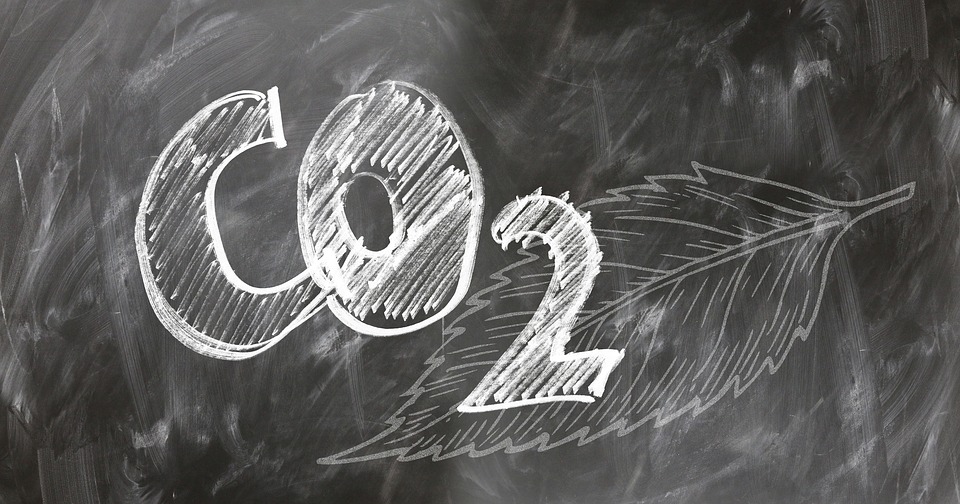Nature helps absorb a large part of the CO2 we emit into the atmosphere. Indeed, terrestrial plants capture roughly one-third of all human emitted CO2. The big question is whether nature will continue to help us in the future as atmospheric CO2 concentrations rise and the global climate changes.
In the course of an eight-year experiment, researchers from the University of Copenhagen, DTU and Aarhus University exposed a tract of heathland in Jægerspris to the type of climate that forecasters say will characterize the Danish climate come 2075: elevated atmospheric CO2 levels, higher temperatures and diminished rainfall. Researchers are able to conclude that this ecosystem has shown a marked ability to sequester more CO2 from the atmosphere as concentrations rise and store it in the ground. And, over the experiment's eight years, we have not observed any evidence that CO2 uptake in plants has been satiated," says Associate Professor Klaus Steenberg Larsen.
More CO2 bound under future climatic conditions than today's
Researchers used a piping system to continuously blow CO2 over more than 48 test fields, each consisting of nine square meters of heath. At the same time, heat curtains were laid over the test fields to simulate increased temperatures, while rain curtains reduced the amount of growing season precipitation by 10 percent to mimic the climate of the future. The researchers' results demonstrate that plants absorb more CO2 even when exposed to climate conditions of the future. Plants used the extra CO2 uptake primarily for subsoil growth and the development of larger root systems, probably to ensure improved access to water or nutrients. As with a plant's branches and leaves, parts of a plant's root system also die over time. Some of this is transformed by microorganisms in soil, while other parts, that are harder to break down, end up as carbon in soil. In this way, a portion of the absorbed CO2 becomes bound within soil rather than being returned to the atmosphere.
Danish heathland is not representative of the world
Very few field experiments worldwide have combined drought, increased temperatures and elevated CO2 emissions. The heath here is not particularly representative of nature found around the world. Therefore, there is an obvious need to study nature's responses to climate change in as many ecosystems as possible, such as in forests, wetlands, agricultural areas, etc. We should all be conducting many more experiments on CO2, droughts and rises in temperature around the world, because we simply know too little about the combined effects of elevated CO2 with climatic changes. This does not change the fact that atmospheric CO2 concentrations are continuing to increase, and that there remains a need for the entire planet to limit CO2 emissions if we are to stave off major climate change."
